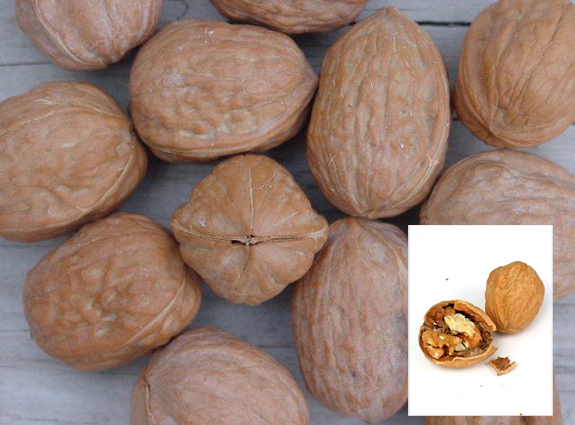INCI name: | Juglans regia |
Part used: | Nults |
Extraction: | Cold pressing |
CAS No.: | 8024-09-7 |
Origin: | France,USA |
Appearance : | |
Odour: | |
Relative Density(20℃): | |
Refractive index(20℃): | |
Acid value (mgKOH/g): | |
Peroxide value(mmol/kg): | |
Soap change value: | N/A |
Juglans regia, Persian walnut, English walnut, or especially in Great Britain, common walnut, is an Old World walnut tree species native to the region stretching from the Balkans eastward to the Himalayas and southwest China. The largest forests are inKyrgyzstan, where trees occur in extensive, nearly pure walnut forests at 1,000–2,000 m altitude—notably at Arslanbob in Jalal-Abad Province. It is widely cultivated across Europe. Juglans regia is a large, deciduous tree attaining heights of 25–35m, and a trunk up to 2m diameter, commonly with a short trunk and broad crown, though taller and narrower in dense forest competition. It is a light-demanding species, requiring full sun to grow well. |  |